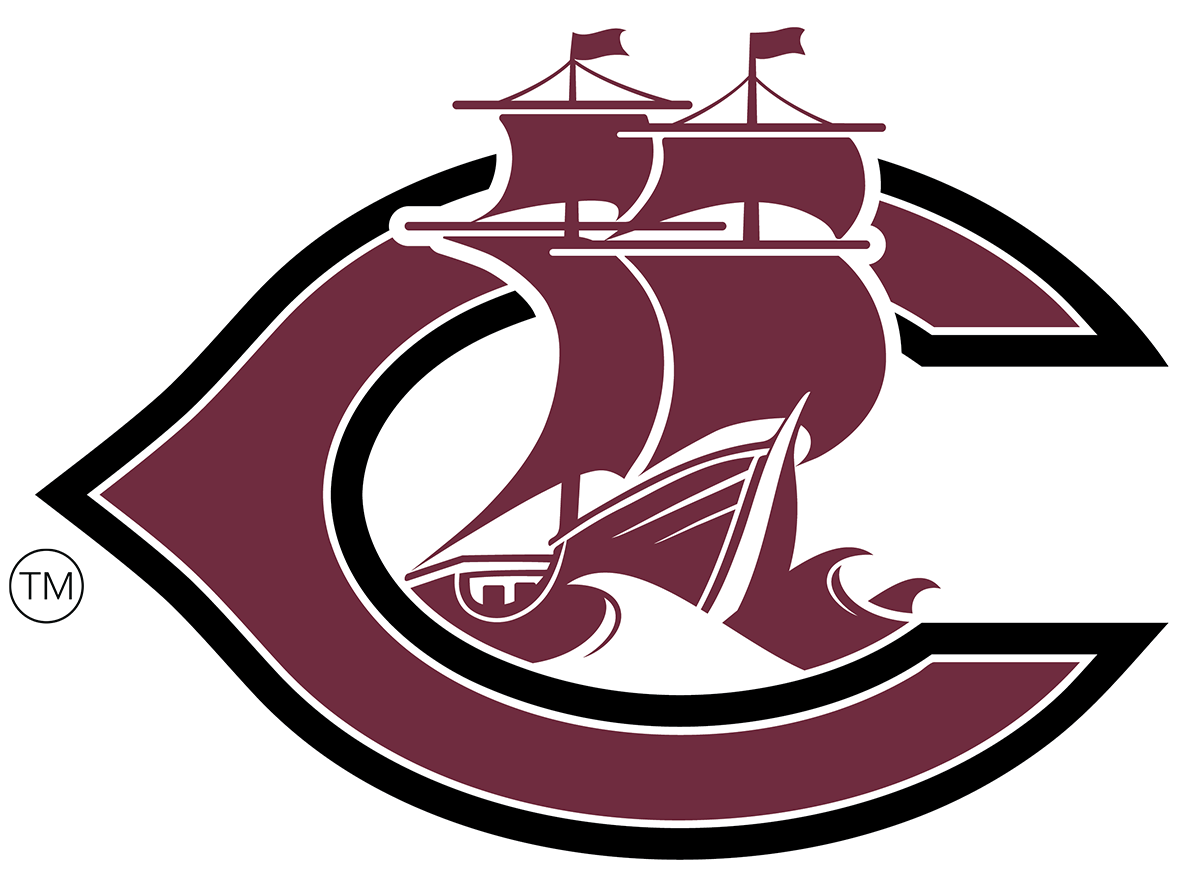If it wasn’t enough that we had to make a plan for education in the midst of a flood in 2019 and then a pandemic in 2020, but now we are in the midst of one of the hardest winters in recent history.
We have had more snowfall this year than the past ten years, and we are experiencing record low temperatures. Many don’t know what happens behind the scenes in the decision-making process as to whether we have school or not. So, hopefully I can shed some light on what our school district does leading up to, during, and after a weather event or emergency?
There are many myths and homegrown practices that students use every time they see a snowflake. They will wear their pajamas inside out and backwards, sleep with a spoon under their pillow, flush an ice cube down the toilet, or sleep with your feet on your pillow and your head at the foot of the bed, and my favorite ... Deliver peanut M&M’s to the superintendent’s house! I have been called out on Twitter, Facebook, Instagram - you name it - begging. All of this for a “SNOW DAY."
-- This letter was featured in Discoveries. Find the Winter 2021 issue here.
Many schools, including Columbus Public Schools, receive weather alerts, updates, advisories, and warnings from the National Weather Service offices in Valley and Hastings. We begin receiving this information as far ahead as 5-7 days about the potential of a significant storm, snowfall, ice, or temperatures. We spend those 5-7 days monitoring the information leading up to the weather event.
If only storms would be timed just right, so we could make decisions before dinner the night before or even better happen on Friday nights, so we don’t have to worry about them affecting school functions. Wouldn’t that be great! But no, it doesn’t work in our favor like that. It has, and we love it, but more times than not we are making decisions on the safety of our students and parents.
So here’s a quick breakdown of what we do if we cannot make the call the night before. It is all dependent on the timing of the storm.
- Monitor the National Weather Service and participate in their weather webinars leading up to the event.
- Have a team meeting with district office Directors the night before via ZOOM.
- 4:30 a.m. - Start driving the district during a snowstorm dividing the city into four quadrants.
- 4:45 a.m. - Call the city roads department to hear their opinion on snow clean up on streets.
- 5:15 a.m. - Meet at the district office for another consultation based on our information.
- 5:30 a.m. - make the decision to have school or call it off.
- Call or access four TV stations with our announcement
- Call or access the two radio stations we use.
- Post on our social media sites and web-site.
- Send text messages to parents.
There are other things being done during this process like cleaning our sidewalks, snow plowing our parking lots, and salting our entries. There are many moving parts in making this decision, and we always know either way it will be unpopular to someone. Be assured that we make decisions based on the safety of our students. People will disagree and that is OK. Parents have the ultimate say when it comes to whether or not they want to bring their children to school on inclement weather days.
I hope this helps to understand what we do as a school district when cancelling school for weather events. Advisories are different from warnings or blizzards. If you have any questions, please contact your school or the district offices.
— Troy Loeffelholz, EdD
Superintendent

